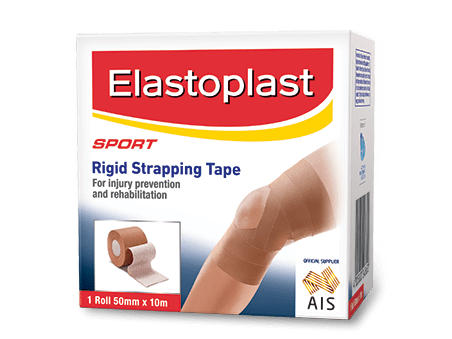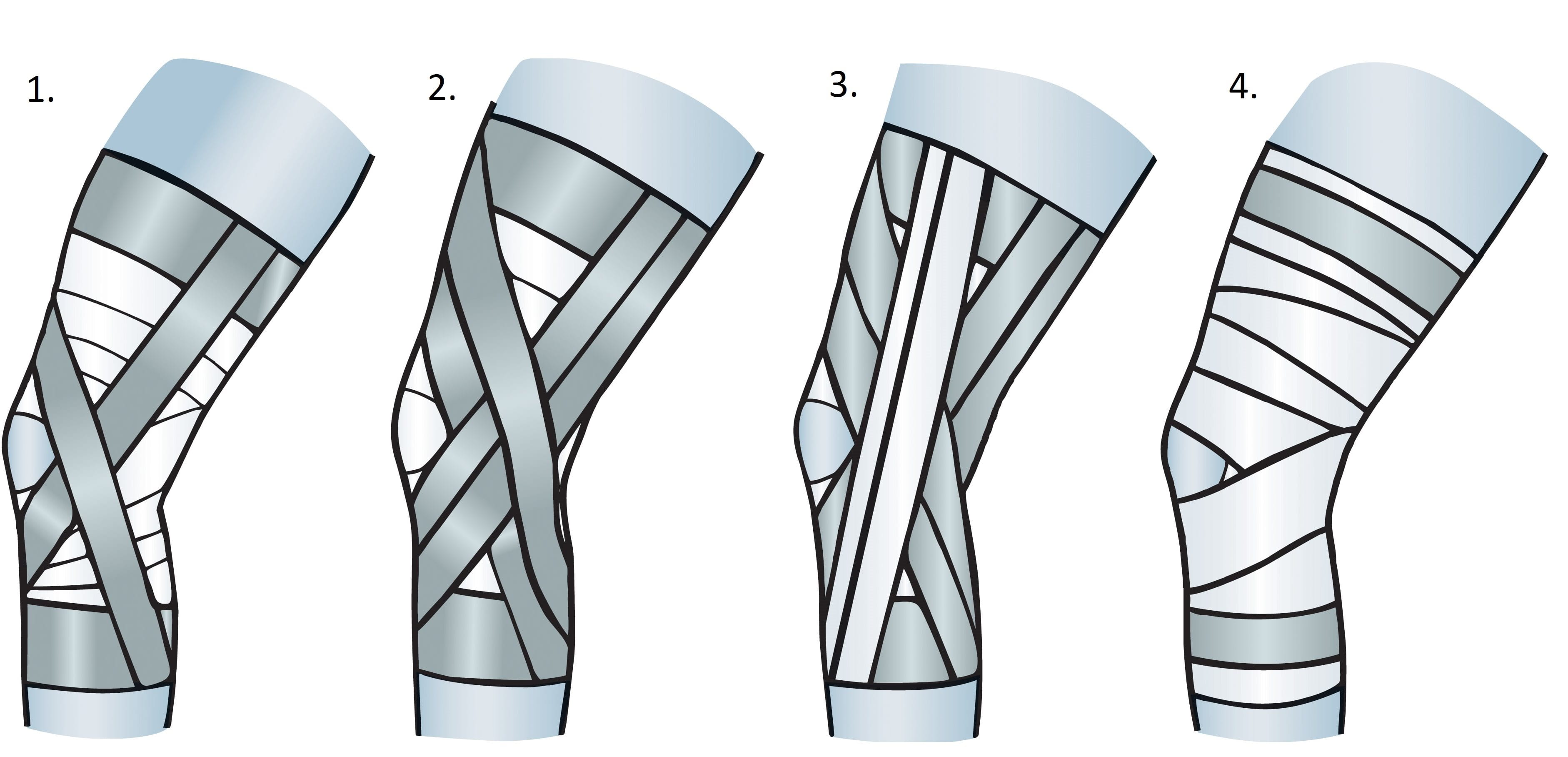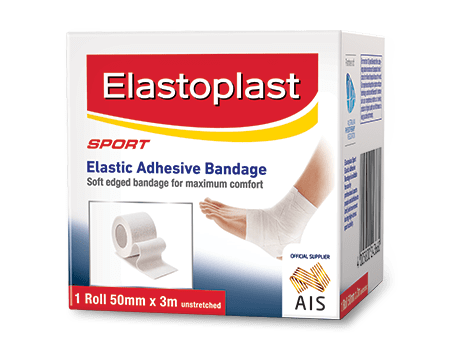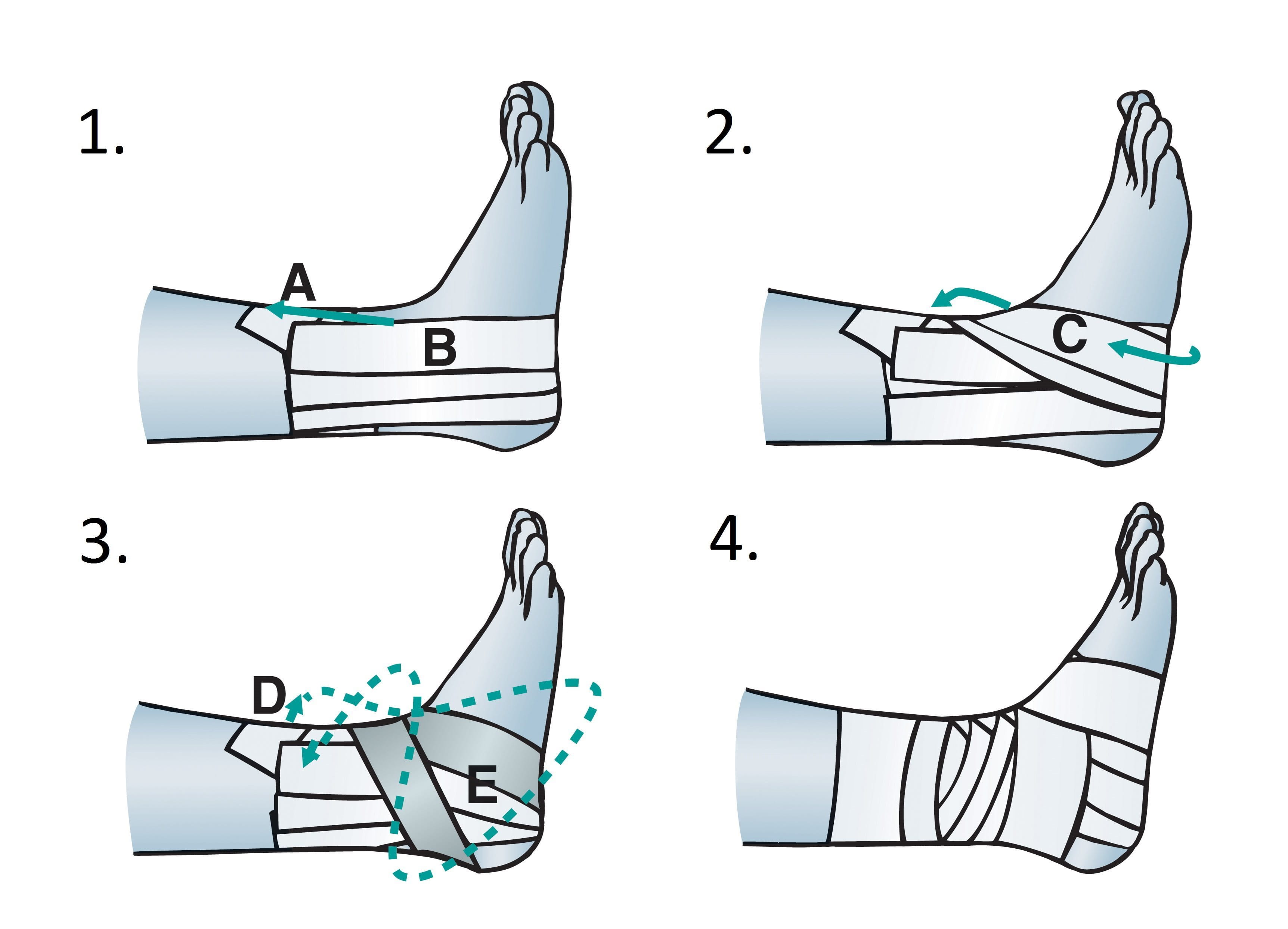Choosing Which Tape to Use
Two basic rules of taping are:
- When you need to restrict joint movement, use a rigid strapping tape.
- When you need to compress and support joints or muscles, use an elastic adhesive bandage.
Elastoplast provides a wide range of sports tape and bandages to assist with injury management and prevention, including but not limited to:

- Elastoplast Sport Rigid Strapping Tape
38mm or 50mm is commonly used for preventative ankle taping. - Elastoplast Sport Rigid Strapping Tape
25mm or 12.5mm is more suited for help treating injured ankles, elbows and fingers - Rigid Strapping Tape 50mm is commonly used for either assisting with restricting joint movement or compressing and supporting the shoulders, knees and feet
- Elastoplast Sport Elastic Adhesive Bandage
75mm is used for strong compression when returning to sport after injury and is used over the rigid tape - Elastoplast Sport Elastic Adhesive Bandage
50mm is used to help with initial compression of injuries such as acute ankle sprains




